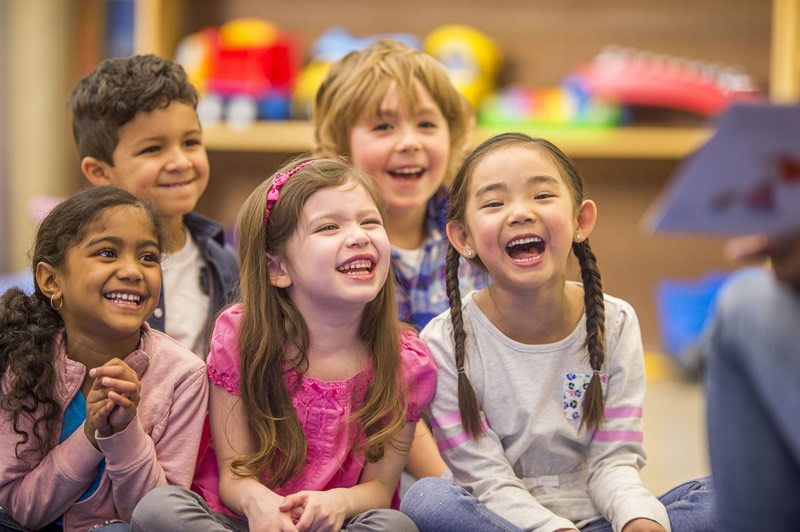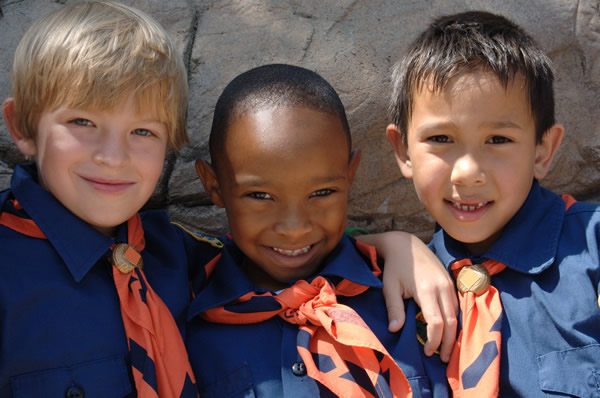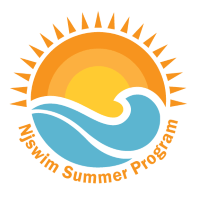Partners in Water Safety
In-school Presentations
Our in-school presentations provide children with an interactive, developmentally appropriate learning environment to teach them that when it comes to water – there is always risk involved.
- Recognize and understand risks associated with water activities
- Identify lifeguards. Respect their roles at pools & on open water
- Identify possible hazards associated with open water swimming
- Develop action plans in case of a water emergency
- Make decisions to keep themselves safer in and around water
While we recognize that no person is ever 100% safe, it’s our mission to develop a community of water savvy people.
Water Safety Presentations
We offer practical, in water safety awareness training and preparation for small groups such as boys scouts, girls scouts, surfing teams, camps, home owners associations and other community groups who are looking to increase their awareness and education on water safety. We are helping to make our communities stronger and safer by providing an in-water safety curriculum at our pool. We have helped several local boys and girls scouts group attain their water SAFETY badge. This program features a 1- 2 hour age appropriate pool experience for children and adults.
- Basic aquatic safety awareness
- Self-rescue technique – treading water, front floats and back floats,
- Recognizing a swimmer who is in distress
- Reaching and throwing assists
- Basic first Aid
- Emergency action plan implementation
- Introducing to side stroke
- Open water safety basics
- Current and rip tides
- Weather patterns
- Basic boating safety
- Use of a personal floatation Device (PFD)
School Partnerships
Our Partners in Water Safety
You Too Can Help Prevent Drowning!
Learn about Legislation Bill A-618 that will require school districts to provide instruction water safety as part of New Jersey’s Student Learning Standards for Comprehensive Health and Physical Education for grades K-12.
Introducing a water safety curriculum in our schools is a great start to give people the education and awareness needed to make good decisions in and around the water. The best way to prevent drowning is to learn how to swim.





